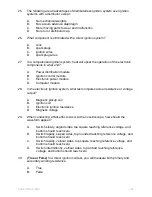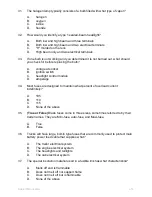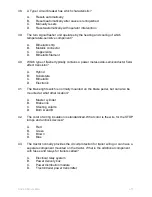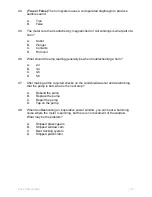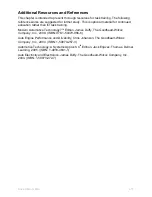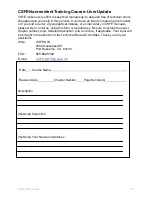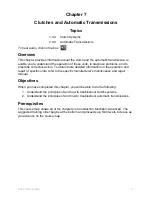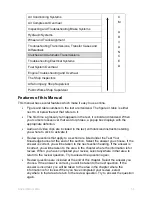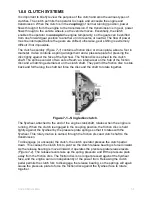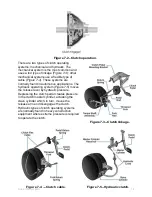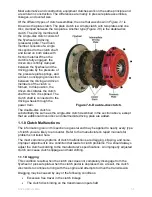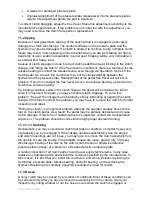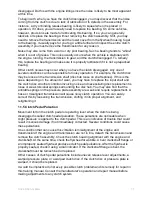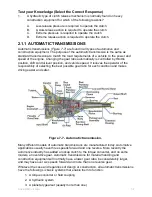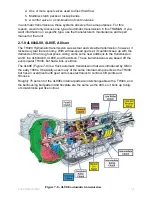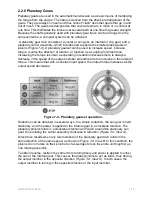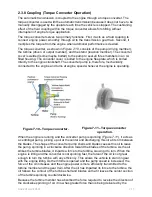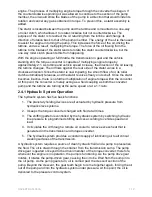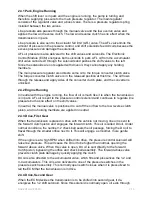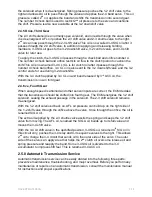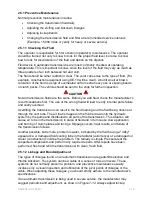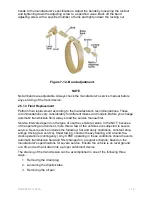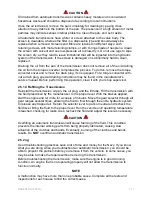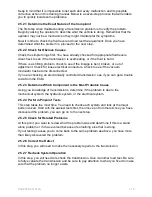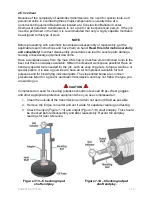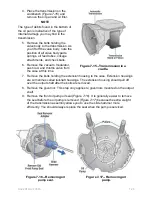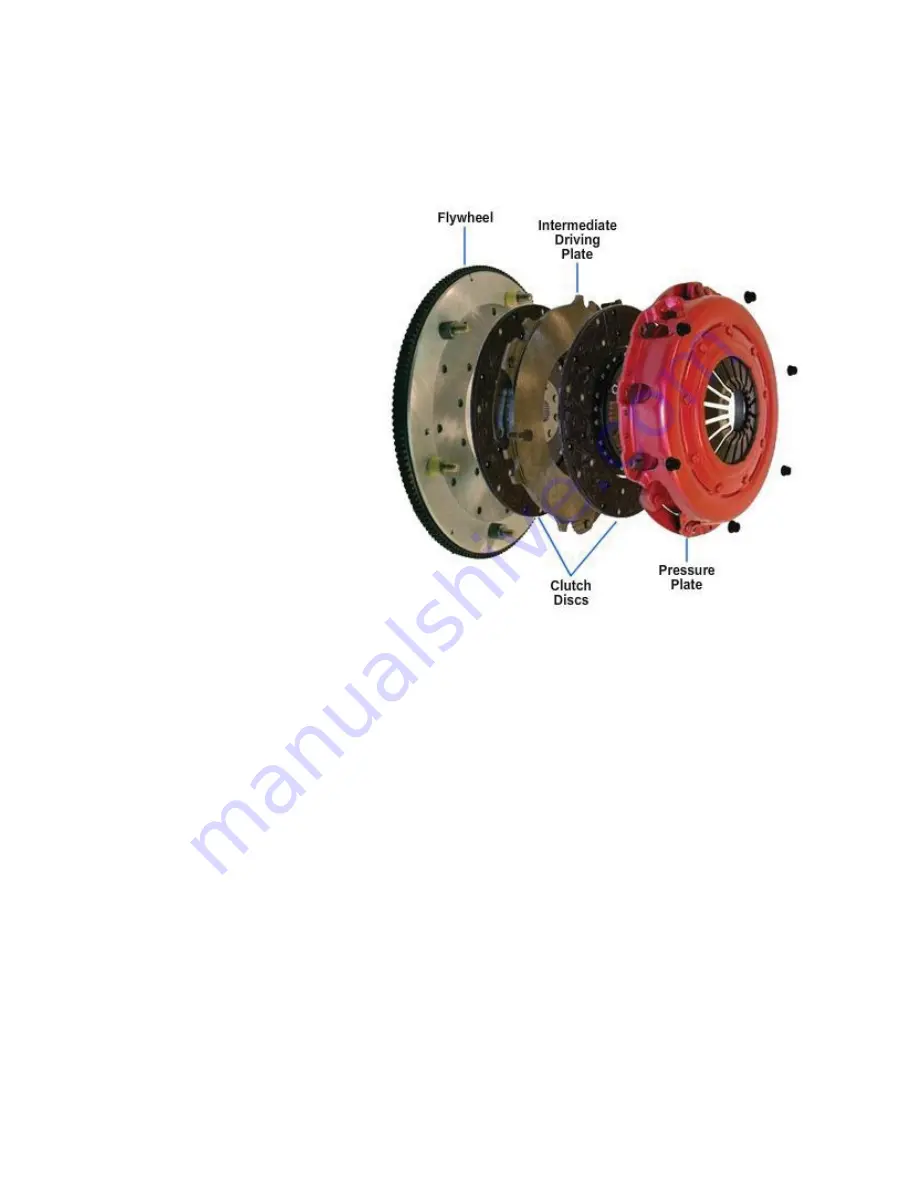
Most automotive and construction equipment clutches work on the same principle and
are similar in construction. The differences are mainly in pressure plate assemblies,
linkages, and overall size
.
Of the different types of clutch assemblies, the one that was shown in
Figure 7-1
is
known as the plate clutch. The plate clutch is a simple clutch with two plates and one
disc, clamped between the two plates. Another type (
Figure 7-6
) is the double-disc
clutch. The driving members of
the single-disc clutch consist of
the flywheel and driving
(pressure) plate. The driven
member consists of a single
disc splined to the clutch shaft
and faced on both sides with
friction material. When the
clutch is fully engaged, the
driven disc is firmly clamped
between the flywheel and the
driving plate by the pressure of
the pressure plate springs, and
a direct, nonslipping connection
between the driving and driven
members of the clutch is
formed. In this position, the
driven disc rotates the clutch
shaft to which it is splined. The
clutch shaft is connected to the
driving wheels through the
power train.
The double-disc clutch is
Figure 7-6 - Double-disc clutch.
substantially the same as the single-disc clutch described in the section above, except
that an additional driven disc and intermediate driving plate are added.
1.1.0 Clutch Malfunctions
The information given in this section is general and may be applied to nearly every type
of clutch you are likely to encounter. Refer to the manufacturer's repair manuals for
problems not listed here.
The most common symptoms of clutch malfunctions are dragging, slipping, and noise.
Improper adjustment is one condition that leads to clutch problems. You should always
adjust the clutch according to the manufacturer's specifications. An improperly adjusted
clutch can cause clutch slippage and hard shifting.
1.1.1 Dragging
This condition results when the clutch disc does not completely disengage from the
flywheel or pressure plate when the clutch pedal is depressed. As a result, the clutch
disc tends to continue turning with the engine and attempts to drive the transmission
.
Dragging may be caused by any of the following conditions:
•
Excessive free travel in the clutch linkage
•
The clutch disc binding on the transmission input shaft
NAVEDTRA 14050A
7-5





